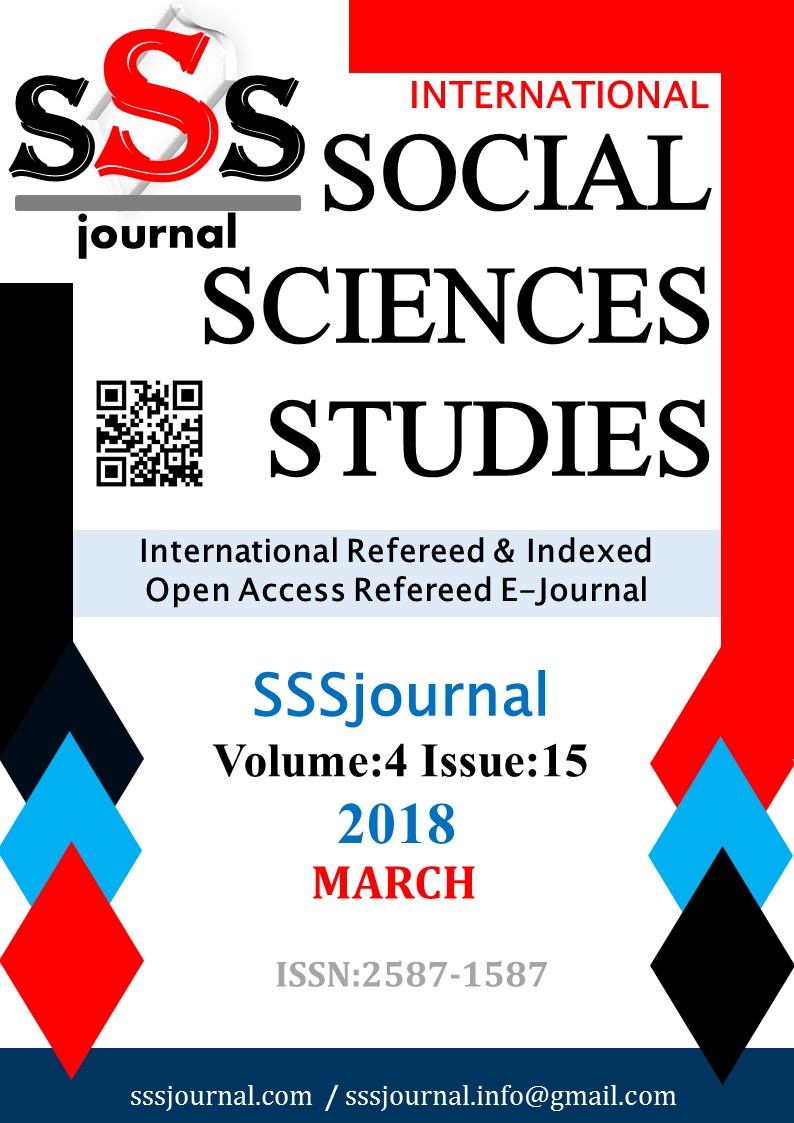UZUN SÜRECEK İYİ İLİŞKİLER DÖNEMİNİN BAŞLANGICI: OSMANLI’NIN YENİ AVUSTURYA POLİTİKASINI BELİRLEME ÇABALARI (1791-1815)
Author :
Abstract
Bu makalede ele aldığımız dönem 1791 Ziştovi ile 1815 Viyana Kongresi aralığıdır. Burada Osmanlı’nın Avusturya’yı nasıl gözlemlediğini kendi kaynakları üzerinden değerlendireceğiz. Özellikle Başkanlık Osmanlı Arşivi’nde yer alan Hatt-ı Hümayun fonunda yer alan bazı kayıtlar üzerinden Osmanlı siyasi elitinin savaş sonrasında Avusturya ile yeni ilişkiler kurulurken bunu nasıl yaptığı, Osmanlı’nın Viyana elçilerinin Avusturya hakkındaki gözlemleri ve bu gözlemler üzerinden barış döneminde Osmanlı Devleti’nin Avusturya’yı nasıl değerlendirdiği, makalenin üzerinde durduğu konular olarak görülebilir. Savaş sonrası iki imparatorluğun da uzun sürecek çöküş sürecinin başladığını iddia etmek herhâlde yanlış olmaz. Fransız İhtilali’nin hemen sonrasına denk gelen devrede Osmanlı yönetimi bir yandan Avusturya ile temkinli ilişkiler kurarken, bir yandan da Avrupa’daki gelişmeleri Avusturya üzerinden öğrenme / izleme eğilimindedir.
Keywords
Abstract
ABSTRACT The period we examine in this article is the time between Treaty of Sistova in 1791 and the Congress of Vienna in 1815. As the Ottoman Empire observed Austria, we will discuss here through its own sources. In particular, through some records in the Hatt-i Hümayun fonds located in the Ottoman Archive of the Prime Ministry, how the Ottoman political elite established new relations with Austria after the war, the observations of the Ottoman ambassadors in Vienna about Austria and how the Ottoman Empire assessed Austria through these observations during the period of peace, can be considered as topics to be covered by this article. It would probably not be wrong to say that the long-lasting process of decline of both empires began after the war. On the one hand, while the Ottoman Empire established cautious relations with Austria in the period immediately following the French Revolution, on the other hand it tended to follow developments in Europe through Austria.
